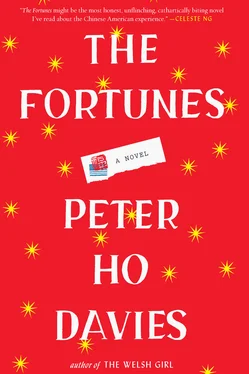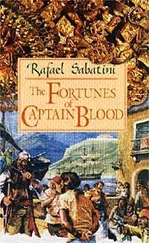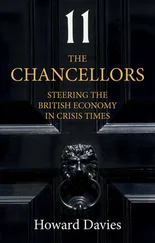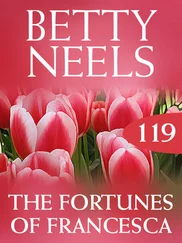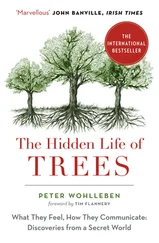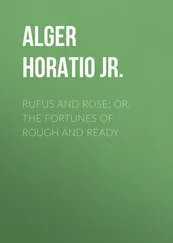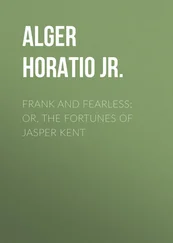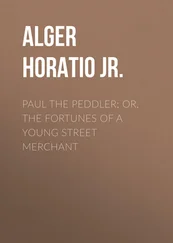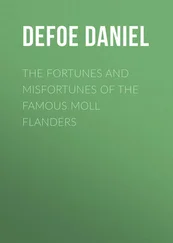They bury her next to her mother, the same gravesite where Mary took her part years earlier.
“How can you bear it?” Mary asked her once.
“What?”
“Any of it. All of it.”
Mary waves her arms about too much, she thought critically.
She sighed. “You know when you’re doing a scene and it’s near the end, and the take is a good one, and you need to sneeze or you have an itch, or you think you might corpse?” Corpsing being British theater slang for breaking character, laughing.
“Oh yes! That happens to you?”
“No. I just tell myself I can get through it for another few seconds. And I do. That’s how I bear it. One take at a time. You can always make it to the end of the scene.”
Mary, almost wailing: “And the next and the next?”
So melodramatic; no wonder she fails.
“That’s acting, darling. That’s art. It’s why what’s unbearable in life — loss, heartbreak, despair — is bearable on the screen: because we know the picture will end.”
But if Mary was just playing her, who was the worse actress?
It’s just another scene, she tells herself at the funeral, another scene that will eventually—
Mary, she recalls suddenly, had always wondered about their mother’s death. How could she just step in front of an automobile? Why would she?
EXCLUSION
After her trip, partly by choice but also because China is now an ally, she starts to take “better” parts in lesser movies. No more dragon ladies, no more butterflies, no more prostitutes. Partly by choice, partly as a function of her increasing age and receding fame, she wears longer gowns that cover her legs — those great gams. She wears her hair in the traditional styles of married women, like lid of teapot, combed forward in a smooth dark slab.
She collects money for China relief, appears at fundraisers, donates her salary, auctions her dresses for orphans and medicine.
At New Year’s 1941 she stands under a sign: YOUR NAME IN CHINESE 10¢. A calligrapher writes out the names she bestows on tourists. Lotus Moon. Lucky Flower. Sage Tiger. ( Are you naming people or restaurants? the calligrapher cackles in Chinese.)
“And what does your name mean?” a square-jawed fellow asks, laying a dime in her palm, and she smiles, leans in to tell him. “Phew!” a heavy young woman interjects, taking his arm. “I bet she could help us with baby monikers.”
Her smile freezes as if in a photo. “Congratulations,” she offers, and then, with a little bow to the mother-to-be, “Golden Peach.”
She is the guest of honor at the Moon Festival parade of 1942, which marks the opening of the new East Gate of Chinatown, the Gate of Maternal Virtue, riding in an open-top car beside the Chinese consul, lantern-bearers and a corps of Chinese majorettes to the front of them, camels and even an elephant to the rear.
But in 1943, when Madame Chiang Kai-shek, American-educated, third wife of the successor to Sun Yat-sen, the Nationalist generalissimo (the Missimo to his Gissimo, as they’re popularly known), tours the U.S., speaks to a joint session of Congress, and holds a benefit rally at the Hollywood Bowl, she isn’t invited. Rita Hayworth is there, Barbara Stanwyck and Greer Garson, Ingrid Bergman and Loretta Young are there. Even Mary Pickford, despite having retired ten years earlier, at the end of the silent era. Thirty thousand people in total. But the closest she’ll get is a newsreel.
It’s another grand snub, but she takes it in stride. “It’s of no consequence.” Even though she has raised funds for the general, defended him against those who call him “Cash My Check,” say China will never repay its debts. Even though she has expressed her admiration for Madame Chiang in interviews, privately lobbied producers to play her in a biopic. The role of a lifetime. Born to play it. But she knows how the Nationalists feel about her, how the Chinese elite look down on the overseas Chinese. Besides, there’s room for only one Chinese star in Hollywood at a time.
As recently as 1938 she was acclaimed as “The World’s Most Beautiful Chinese Girl” in the pages of Look.
She sits instead in a restaurant in Chinatown. She’s a regular; they know her usual, keep a table for her, though tonight she could have any. Chinatown has emptied to see Madame Chiang at the “Rice Bowl,” as the wags are calling it. Her siblings have even taken her father, a great admirer of China’s first lady. The old laundryman woke early to press his suit fresh, even though she pays to send his laundry out. She would go with him herself, but she’s afraid she’ll be recognized, afraid she won’t be. Afraid, most of all, of seeing her father applauding another.
She orders chop suey. A dish invented in America for Americans, she knows. But made and sold by Chinese. Which surely should count for something. It’s not that she represents the Chinese badly, she thinks. It’s that she represents something else entirely. Chop suey! Chinese American. That’s the new name she’s started to hear. A gift of the war, now that boys from Chinatown can fight for America.
Madame Chiang’s visit is credited for paving the way for the end of Chinese exclusion in December of that year. It will take five years for California to repeal its anti-miscegenation laws. The Supreme Court will finally rule all such laws unconstitutional in 1967.
Anna May Wong will die in 1961, aged fifty-six, of cirrhosis, two days after her final TV appearance, on The Barbara Stanwyck Show. She’d been looking forward to a big screen comeback as Madame Liang in Flower Drum Song. She will never have married, never had a child, though she will have finally played a mother on TV in The Life and Legend of Wyatt Earp, and her youngest brother, Richard, will still be living with her at the time of her death. He’ll bury her beside her mother, her father, and her sister Mary, under her Chinese name. (She’d reassumed it, after a fashion, a decade earlier for the lead character of a short-lived series, a Chinese detective named Madame Liu Tsong. No episodes survive, and thus no copies of the title sequence with its circular credit: “Anna May Wong as Madame Liu Tsong.”) Time ’s obituary will note that she “died a thousand deaths” onscreen. Several others will quote her father’s apocryphal advice to her: “Don’t be photographed too much or you’ll lose your soul.”
She’ll live to see Newsreel one more time — in a photo, kneeling beside Madame Chiang in September of 1945 to film her reading a newspaper account of the Japanese surrender. Madame once said of herself, “The only thing Oriental about me is my face.” Life called her “the most powerful woman in the world,” Liberty “the real brains and boss of the Chinese government.” Hemingway dubbed her “the empress.”
Just another dragon lady after all. Newsreel’s pose, she notes, is one of supplication, kowtowing — no, proposing, the camera proffered like an oversized ring box.
Four years later the Missimo will retreat to Taiwan, renamed the Republic of China, her husband’s Nationalists, spent from their struggle against the Japanese, no match for the Communists now. Newsreel himself will eventually retire there. Madame Chiang will never set foot in mainland China again. Instead she’ll move to the United States after the generalissimo’s death (he was eleven years her senior) and live in New York until her own passing, aged 105. She and Luise Rainer will have kept up a correspondence for seventy years.
The first Chinese American to win an Oscar will be James Wong Howe, in 1955, for black-and-white cinematography. “Life’s a heckuva lot simpler behind the camera,” he told her once, way back when, on the set of Peter Pan.
Читать дальше
